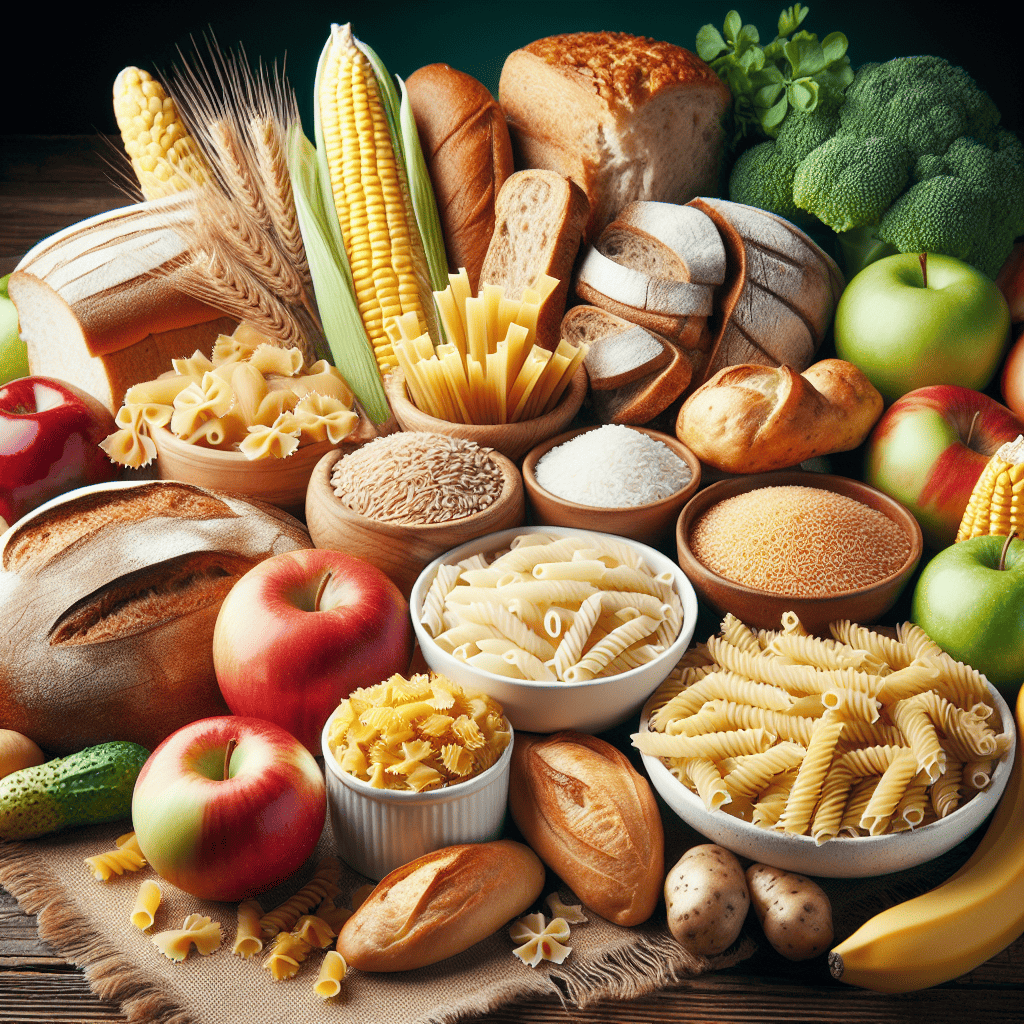Introduction: Exploring the lesser-known benefits of incorporating grape leaves into your diet for those aiming to achieve a healthier weight. From the nutritional value to its impact on inflammation and digestive health, uncover the surprising advantages of grape leaves for slimming.
Table of Contents
Benefits of Grape Leaves for Slimming
Discover how grape leaves can be a valuable addition to a healthy weight loss plan when combined with a balanced diet and exercise.
- Grape Leaves and Weight Loss:
Grape leaves are not only a flavorful addition to various dishes but are also incredibly nutritious. They are low in calories, making them an excellent choice for individuals looking to manage their weight. The high fiber content in grape leaves can help promote feelings of fullness, which may prevent overeating and support weight loss. Additionally, fiber aids in digestion and helps regulate blood sugar levels, contributing to overall health and well-being.
Incorporating grape leaves into your diet can provide a range of essential nutrients that are beneficial for your body. For example, vitamin A found in grape leaves is essential for maintaining healthy vision, supporting the immune system, and promoting proper cell growth. On the other hand, vitamin K plays a crucial role in blood clotting and bone health. By including grape leaves in your meals, you can boost your nutrient intake while enjoying a tasty and versatile ingredient.
To maximize the weight loss benefits of grape leaves, it’s important to consume them as part of a balanced diet and overall healthy lifestyle. Pairing grape leaves with lean proteins, whole grains, and a variety of fruits and vegetables can help create well-rounded and satisfying meals. Additionally, incorporating regular physical activity into your routine can further enhance weight loss efforts. Remember that while grape leaves can be a valuable addition to your diet, it’s crucial to focus on overall dietary patterns and lifestyle choices to achieve sustainable and long-term weight management goals.
- Cultural Variances in Grape Leaf Usage:
Grape leaves hold significant cultural relevance in various culinary traditions around the world, particularly in Mediterranean and Middle Eastern cuisines. The practice of using grape leaves in cooking can be traced back to ancient times. One of the most popular dishes that utilize grape leaves is dolma, which consists of rice, herbs, and sometimes meat rolled in grape leaves. Dolma can be found in countries like Greece, Turkey, Lebanon, and Armenia. Another variation of dolma is the Armenian sarma, where grape leaves are filled with a mixture of rice, ground meat, and various spices. These dishes play a vital role in festive occasions and are often shared with family and friends. The act of preparing and sharing dolma or sarma has become a cherished tradition in many communities, symbolizing togetherness and celebration.
There are different types of grape leaves used in culinary practices, each with its own unique characteristics. The most commonly used grape leaves for cooking are those from the grapevine species Vitis vinifera. These leaves are tender with a slightly tangy flavor, making them ideal for wrapping fillings. In some regions, young grape leaves are preferred for cooking as they are more delicate and flavorful. The texture of grape leaves can vary depending on the method of preservation. Fresh grape leaves offer a vibrant green color and a smoother texture compared to brined or preserved grape leaves, which tend to be more robust and have a slightly sour taste. The choice of grape leaves can influence the overall taste and texture of dishes like dolma and sarma, showcasing the attention to detail and craftsmanship in culinary traditions.
Across different regions, the use of grape leaves in cooking is not only a culinary practice but also a reflection of the local ecosystem and agricultural heritage. In countries where grape cultivation is prominent, such as Turkey and Greece, grape leaves are abundant and easily accessible, making them a staple ingredient in many dishes. The art of preparing grape leaves for cooking, whether through blanching, marinating, or stuffing, requires skill and patience, highlighting the importance of traditional cooking methods passed down through generations. As a result, grape leaves have become a symbol of cultural identity and a source of pride for communities that continue to uphold age-old culinary traditions. The versatility and symbolism of grape leaves in culinary traditions worldwide illustrate the deep-rooted connection between food, culture, and community.
About Grape Leaves
Learn about the significance of grape leaves, their protective role for fruits, and their widespread use in various culinary traditions.
- Culinary Importance of Grape Leaves:
Grape leaves are much more than mere protectors of the fruit; they are a fundamental ingredient in various dishes across the Levant and Turkey, adding a unique flavor and texture to the cuisine of the region. One of the most famous dishes featuring grape leaves is dolma or dolmades, where the leaves are stuffed with a seasoned mixture of rice, herbs, and sometimes meat. This dish is popular in many Middle Eastern countries and comes in various versions, each with a unique touch depending on the region and seasonings used. Apart from dolma, grape leaves are also used in other dishes like sarma, where they are filled with a mixture of rice and spices, rolled, and then cooked to perfection.
When it comes to culinary applications of grape leaves, it’s essential to mention the distinction between black and white grape leaves. Black grape leaves are typically more common in the Mediterranean region, particularly in countries like Greece and Turkey. They are known for their tender texture and delicate flavor, making them ideal for stuffing and wrapping in various dishes. White grape leaves, on the other hand, are less common but are equally versatile in cooking. They are slightly thicker and have a more robust flavor compared to black grape leaves, which can add a different dimension to dishes where a stronger taste is desired. Both types of grape leaves offer a unique taste and texture that can elevate a dish to a whole new level of deliciousness.
In conclusion, grape leaves are not just fruit protectors but play a crucial role in the culinary landscape of the Levant and Turkey. From dolma to sarma, these leaves add a distinct flavor and texture that contribute to the richness of the dishes. The differences between black and white grape leaves offer chefs and home cooks alike the opportunity to experiment with a variety of flavors and create dishes that cater to different preferences. Whether you prefer the delicate taste of black grape leaves or the robust flavor of white grape leaves, one thing is for sure – both types of leaves have a special place in the hearts and on the plates of food enthusiasts in the region and beyond.
- Global Culinary Impact:
Grape leaves have been a staple ingredient in various global cuisines, adding a distinct flavor and texture to a wide range of traditional dishes. One of the most famous dishes where grape leaves take the spotlight is Ybarq, a Middle Eastern delicacy. In this dish, grape leaves are filled with a mixture of rice, herbs, and sometimes meat, then rolled and cooked to perfection. The grape leaves not only provide a unique taste but also play a vital role in keeping the filling moist and flavorful. The dish is often enjoyed with a side of yogurt or a squeeze of lemon juice, enhancing the overall dining experience. Ybarq is just one example of how grape leaves are utilized in culinary creations, showcasing their versatility and significance in global cuisine.
Beyond Ybarq, grape leaves are used in various other traditional recipes around the world, each reflecting the cultural diversity and culinary richness they bring. In Greek cuisine, dolmades are a popular dish where grape leaves are stuffed with a flavorful mixture of rice, pine nuts, herbs, and sometimes ground meat. These stuffed grape leaves are then cooked until tender and served as appetizers or main courses. Similarly, in Turkish cuisine, yaprak sarma features grape leaves filled with a mix of spiced rice, onion, and minced meat, creating a savory and satisfying dish. The use of grape leaves in these recipes not only adds a unique taste but also highlights the importance of this ingredient in different culinary traditions.
The use of grape leaves in global cuisine not only adds a delicious element to dishes but also signifies the interconnectedness of food and culture. Whether in Mediterranean, Middle Eastern, or other cuisines, grape leaves serve as a symbol of shared culinary heritage and innovation. From savory to sweet creations, grape leaves continue to be a versatile ingredient that transcends borders and brings people together through the joy of food. Exploring the diverse use of grape leaves in traditional recipes not only offers a culinary journey but also deepens our appreciation for the cultural significance and richness they contribute to global gastronomy.
Other Benefits of Grape Leaves
Explore the additional health benefits of grape leaves beyond weight loss, including their anti-inflammatory properties, blood sugar regulation, and digestive enhancement.
- Anti-inflammatory Properties:
Grape leaves contain mild anti-inflammatory compounds that possess the potential to reduce the risk of developing various inflammatory conditions such as heart disease and arthritis. These compounds have the ability to inhibit the production of inflammatory molecules in the body, thereby helping to lower inflammation levels. Inflammation is a natural immune response that can become harmful when it is chronic and uncontrolled, leading to the development of conditions like atherosclerosis in the case of heart disease or joint damage in arthritis. By incorporating grape leaves into the diet, individuals can introduce these beneficial compounds that work towards maintaining a healthy inflammatory response in the body.
In addition to grape leaves, maintaining a healthy diet overall plays a significant role in preventing inflammation and reducing the risk of various diseases. A diet rich in fruits, vegetables, whole grains, and healthy fats can provide a range of antioxidants and anti-inflammatory compounds that help to combat oxidative stress and inflammation. For example, foods like berries, leafy greens, nuts, and oily fish are known for their anti-inflammatory properties, which can help in managing inflammation throughout the body. By choosing a well-balanced diet that includes a variety of nutrient-dense foods, individuals can support their immune system and reduce the likelihood of developing chronic inflammatory conditions.
Overall, the incorporation of grape leaves and other anti-inflammatory foods into the diet can serve as a proactive measure in maintaining overall health and reducing the risk of inflammatory conditions. By focusing on a diet that promotes healthy inflammation levels and provides essential nutrients for the body, individuals can support their immune system and potentially lower the risk of diseases such as heart disease and arthritis. Alongside a balanced diet, other lifestyle factors such as regular physical activity, stress management, and sufficient sleep can also contribute to overall wellness and help in preventing inflammation. Ultimately, making informed choices about dietary habits and lifestyle practices can have a significant impact on reducing inflammation and promoting long-term health.
- Blood Sugar Regulation:
Grape leaves are not only delicious but also pack a nutritional punch. They are rich in essential nutrients such as vitamins A, C, and K, as well as minerals like calcium, iron, and magnesium. These nutrients play crucial roles in the body’s overall health and functioning. In addition, grape leaves are low in sugar and calories, making them a suitable addition to a diabetic-friendly diet. Their high fiber content also aids in regulating blood sugar levels by slowing down the absorption of sugar in the bloodstream.
For individuals with diabetes or metabolic syndrome, maintaining stable blood sugar levels is essential to manage their condition and prevent complications. The nutrients found in grape leaves, especially the fiber, can help in this regard. Fiber helps to improve blood sugar control by reducing spikes and dips in glucose levels. It also promotes a feeling of fullness and can aid in weight management, which is crucial for individuals with diabetes or metabolic syndrome.
Furthermore, grape leaves contain compounds that have been shown to have potential benefits for blood sugar regulation. For example, certain antioxidants found in grape leaves may help improve insulin sensitivity and reduce inflammation, both of which are important factors in managing blood sugar levels. By incorporating grape leaves into their diet, individuals with diabetes or metabolic syndrome can potentially benefit from the nutrients, fiber, and compounds that support healthy blood sugar regulation and overall well-being.
- Digestive Enhancement:
Grape leaves are a rich source of dietary fiber, which plays a crucial role in supporting digestion and enhancing digestive function. Fiber, a type of carbohydrate that the body cannot digest, helps regulate the digestive system by adding bulk to the stool and promoting regular bowel movements. By increasing the frequency and ease of bowel movements, fiber from grape leaves can prevent constipation and promote a healthy digestive system. Moreover, fiber also acts as a prebiotic, providing nourishment for beneficial bacteria in the gut. These healthy gut bacteria play a vital role in maintaining digestive health by aiding in the breakdown of food and absorption of nutrients.
The high fiber content in grape leaves not only supports digestion but also improves nutrient absorption in the body. The fiber present in grape leaves helps slow down the digestion process, allowing for better absorption of nutrients from food. This is particularly important for minerals, vitamins, and other essential nutrients that are vital for various bodily functions. By enhancing nutrient absorption, grape leaves can help ensure that the body receives the necessary vitamins and minerals it needs to function optimally. This can lead to improved energy levels, better immune function, and overall well-being.
In addition to supporting digestion and enhancing nutrient absorption, the high fiber content of grape leaves can aid in waste elimination from the body, promoting overall well-being. Fiber acts as a natural cleanser for the digestive system, helping to push waste and toxins out of the body efficiently. By promoting regular bowel movements and preventing constipation, grape leaves can help eliminate waste products from the body in a timely manner, reducing the risk of toxin buildup and supporting overall detoxification. This process not only contributes to better digestive health but also helps prevent various health issues related to toxin accumulation in the body, such as inflammation and digestive disorders.




